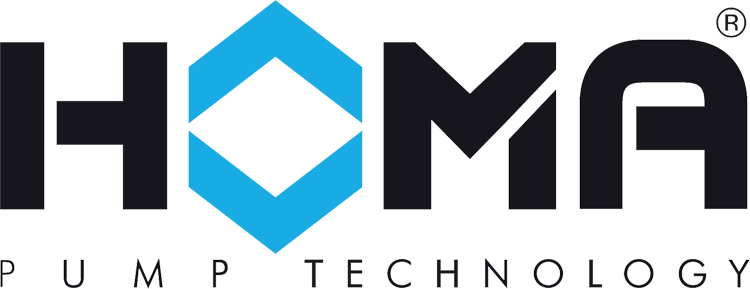Your Preventative Maintenance Checklist for Submersible Pumps
Proactive maintenance is key to extending the life of submersible pumps and ensuring they operate at peak efficiency. A structured preventative maintenance program helps catch issues early, preventing costly unplanned downtime. The following checklist outlines routine inspection tasks, best practices, and recommended intervals for maintaining submersible pumps in industrial, commercial, and municipal applications. Maintenance frequency varies based on service conditions—a pump running 24/7 in harsh environments requires more frequent checks than one used intermittently.
Daily/Weekly Routine Inspections
Establish a habit of visually and audibly checking the pump during regular operations. Listen for unusual noises such as grinding, rattling, or humming, which may indicate impeller imbalance, bearing wear, or clogging. Excessive vibration can signal misalignment or mechanical issues. Inspect for leaks around the pump base or junction box, as fluid leaking from the motor housing is a serious issue. Verify that the motor temperature is within the normal range using thermal monitoring or touch, if accessible. Ensure the pump is fully submerged, as exposure to air can lead to overheating and premature failure. Test float switches and level controls to confirm they are functioning properly; a stuck float can cause dry running or failure to start. Monitor amperage draw with an ammeter, as deviations from normal levels may indicate overload, clogging, or mechanical failure.
Learn More: How to choose the right submersible pump
Monthly Maintenance Tasks
At least once a month (or more often in harsh conditions), perform a deeper inspection:
- Check the impeller and inlet: If possible, disconnect power and lift the pump to inspect for debris, string, or mineral buildup.
- Inspect pump wear rings and volute for excessive abrasion or cavitation damage.
- Evaluate mechanical seal health: If the pump has an oil chamber, take a small oil sample—milky oil indicates water intrusion and seal failure.
- Examine gaskets and O-rings; replace any that appear cracked, brittle, or flattened.
- Tighten fasteners and electrical connections to prevent issues caused by vibration loosening.
- Lubricate bearings if applicable: Some pumps are permanently lubricated, while others require periodic greasing.
- Ensure the cooling jacket (if equipped) is free of blockages and correctly filled with cooling fluid.
Quarterly/Semi-Annual Maintenance
Every three to six months, conduct electrical and performance tests. Perform a motor insulation test using a megohmmeter, as decreasing insulation resistance can indicate a developing motor failure. Exercise standby pumps in duplex or triplex stations by rotating their usage to prevent stagnation. Conduct vibration analysis to detect bearing wear and mechanical imbalances before they lead to failure. Inspect protective devices, including thermal sensors, seal leak detectors, and circuit breakers, to ensure proper operation. Record key operational parameters such as amperage, flow rates, and pump cycle frequency, comparing them against baselines to identify performance trends.
Annual Overhaul (Planned Shutdown Maintenance)
Schedule a full inspection and service at least once per year:
- Remove the pump from service (preferably during low-demand periods or with a bypass system in place).
- Disassemble and inspect components: Check impeller, volute, shaft, bearings, and mechanical seals.
- Replace wear parts as needed: Bearings and seals in critical applications often require annual replacement.
- Clean off rust, scale, and debris; repaint protective coatings if applicable.
- Check shaft alignment and impeller balance, especially for larger pumps.
- Conduct a post-maintenance performance test to verify expected flow, head, and electrical readings.
- Document all inspections and repairs for future reference and trend analysis.
Watch for Warning Signs
Throughout all inspections, remain alert to increased vibration, unusual noise, tripping circuit breakers, or blown fuses. Reduced flow or erratic performance may indicate a mechanical or electrical issue. Visible corrosion, leaks, or signs of overheating should prompt immediate further analysis or servicing to prevent catastrophic failure.
Adjusting for Different Industries
Maintenance schedules should align with the pump’s specific application:
- Municipal wastewater lift stations: Frequent inspections due to unpredictable debris and high loads.
- Clean water sumps: Quarterly checks may suffice for lower-demand applications.
- Food, beverage, and pharmaceutical industries: Additional sanitation procedures may be required.
- Continuous-duty pumps: More frequent lubrication and component replacement are necessary.
Closing Thoughts
Implementing a preventative maintenance checklist ensures fewer breakdowns and extended pump life. Regular maintenance prevents debris buildup, inefficiency, and unplanned outages, keeping pumps running at peak efficiency. By following a structured approach—from daily checks to annual overhauls—operators can maximize equipment reliability and reduce long-term costs. Consistent maintenance is far cheaper than emergency repairs and downtime, making it a smart investment for any operation.
